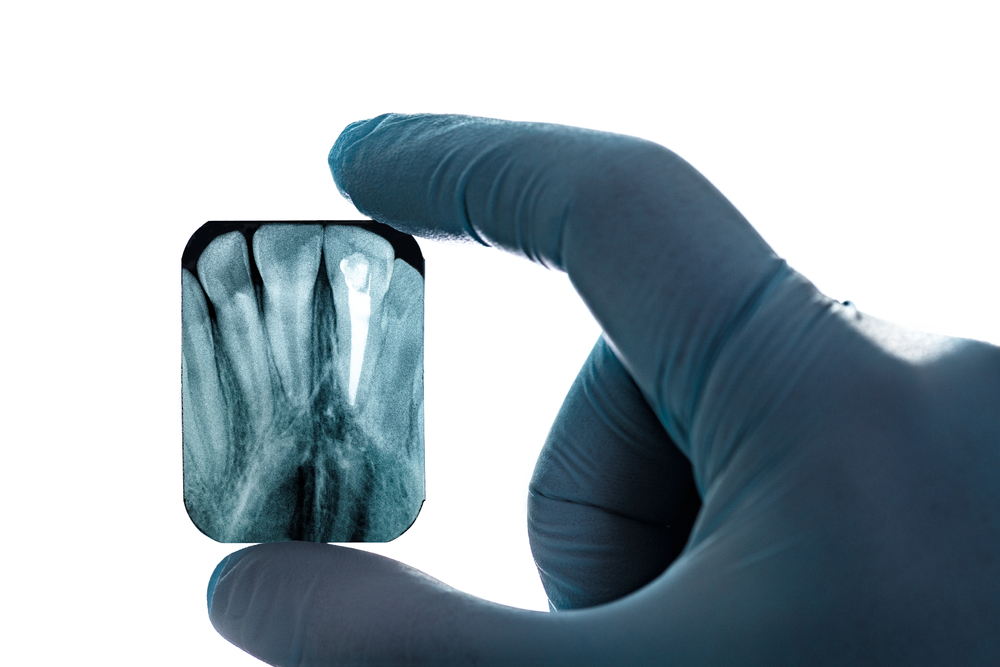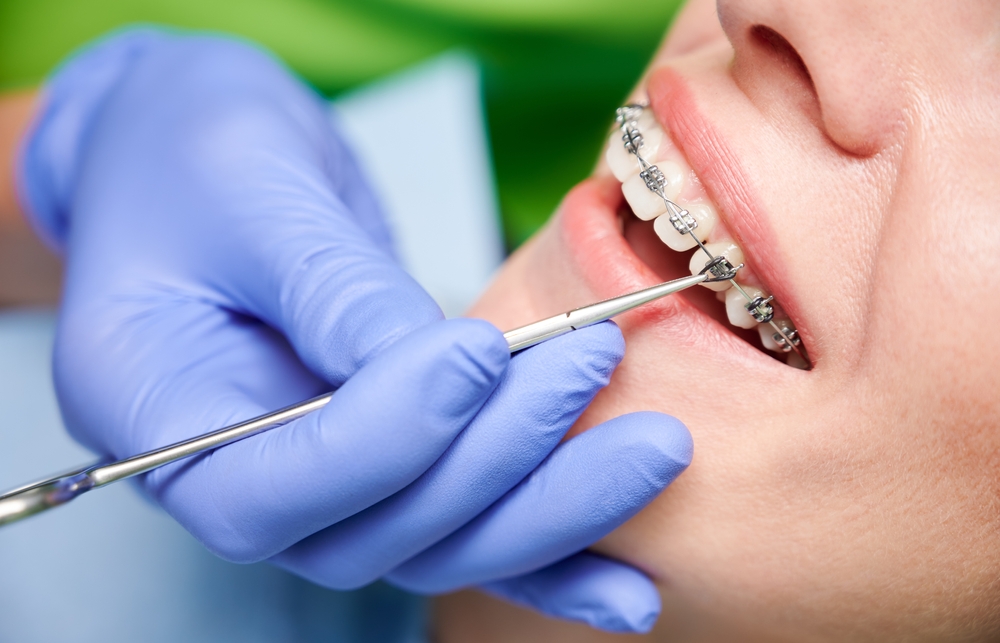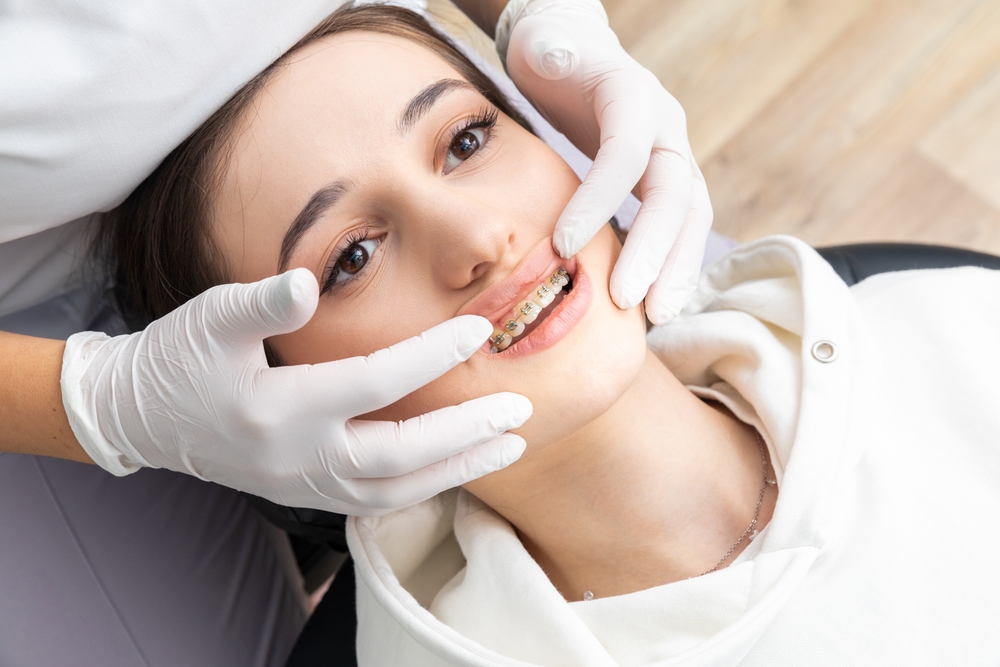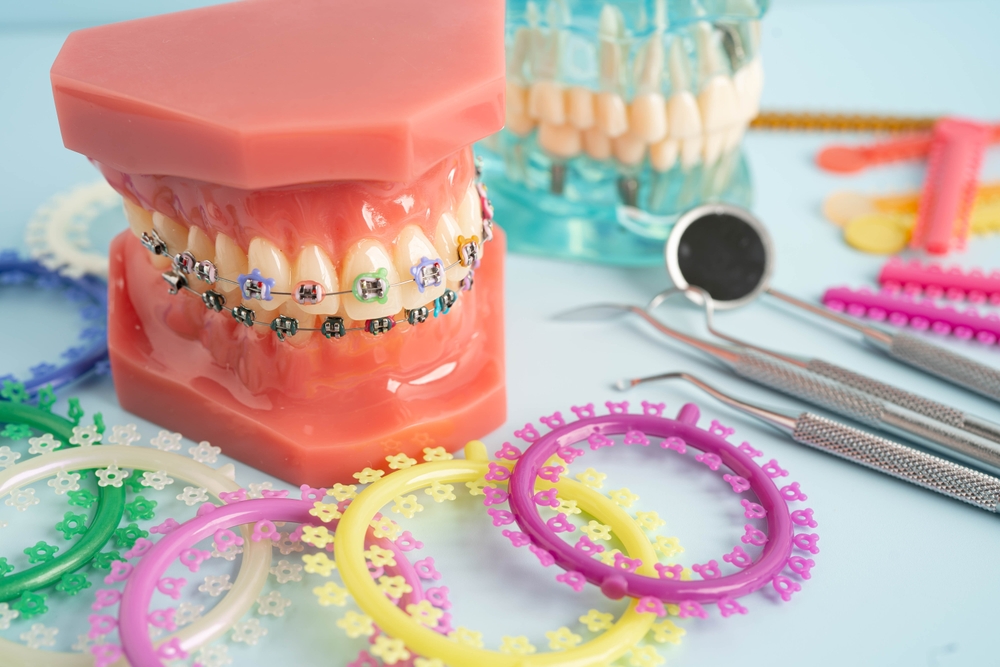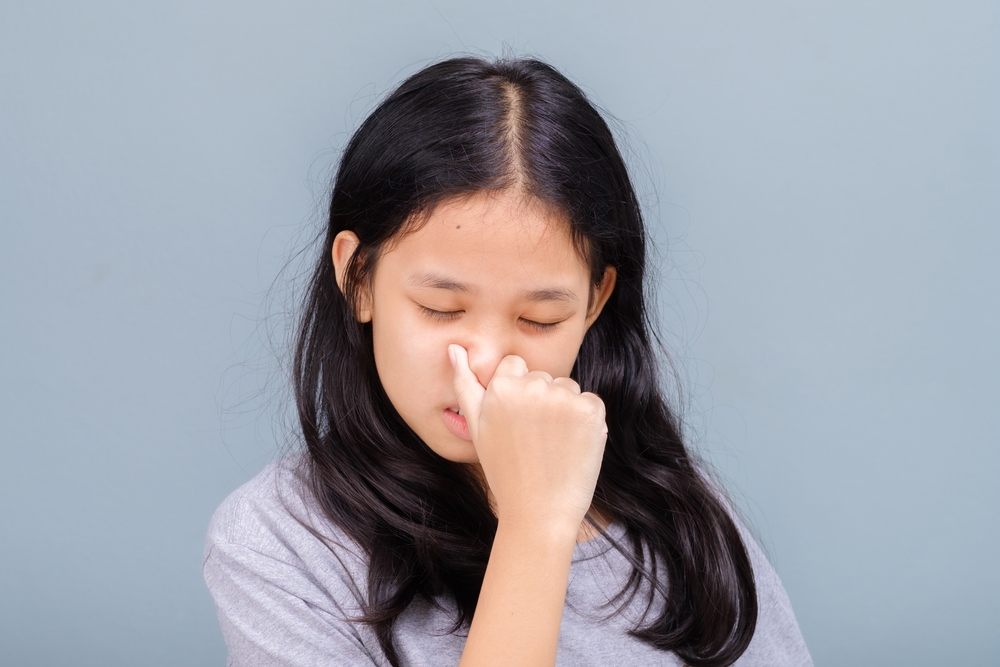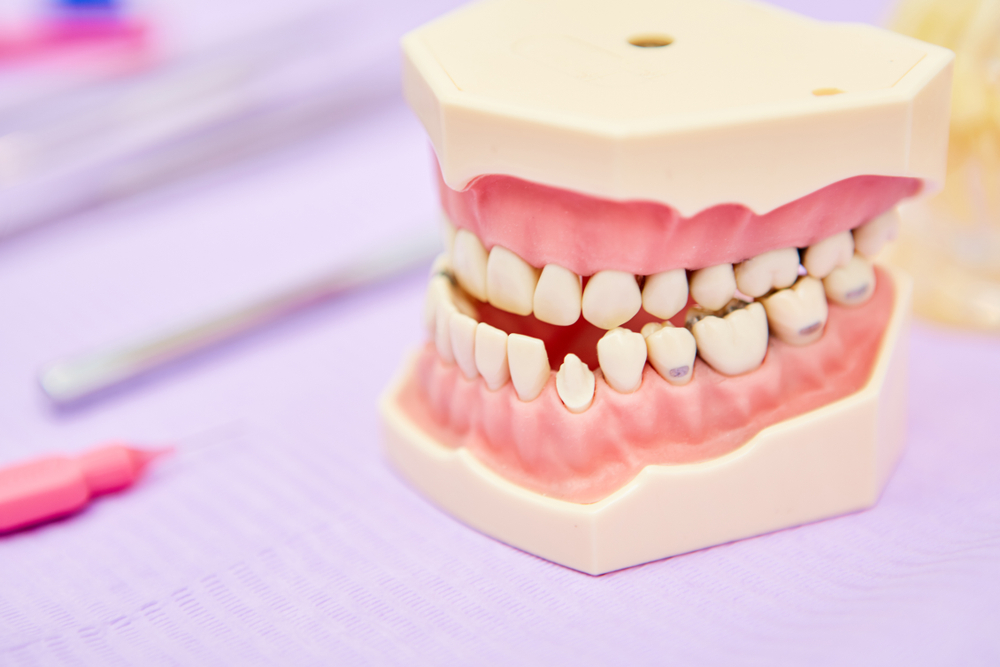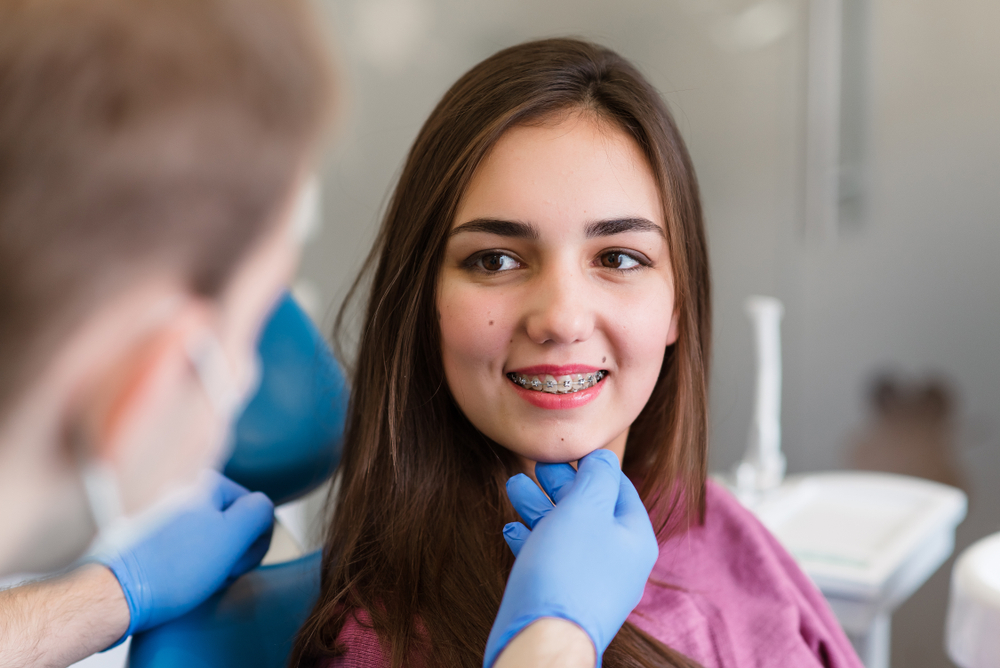Davis Family Orthodontics is dedicated to helping patients and families in Lawrenceville, Morrow, Stone Mountain, and Loganville, GA, understand complex dental issues that can affect oral health. One such condition is impacted canines. Canines, often called the “cornerstone” teeth, are essential for biting, chewing, and maintaining proper alignment. When these teeth fail to emerge properly, they become impacted, meaning they remain trapped in the gums or bone.
Impacted canines are relatively common, second only to wisdom teeth in frequency. This issue can arise for several reasons, including overcrowding, genetic factors, or abnormal positioning of teeth. Left untreated, impacted canines can lead to spacing issues, misalignment of surrounding teeth, and even cyst formation. Early detection is key, which is why dental professionals monitor the eruption of canines closely during routine checkups.
Causes and Signs of Impacted Canines
The development of impacted canines often starts during the mixed dentition stage when both baby and permanent teeth are present. If baby teeth do not fall out in time, they can block the eruption path of the permanent canines. Likewise, a lack of space in the dental arch can force these teeth to deviate from their normal path of eruption, leading to impaction. Genetics can also play a role, as family history sometimes influences whether a patient is more prone to impacted teeth.
Patients may notice certain warning signs if canines are impacted. These include delayed eruption of teeth, prolonged retention of baby teeth, gaps in the smile where permanent teeth should appear, or misalignment of adjacent teeth. In some cases, impacted canines are not easily visible, and dental X-rays are necessary to identify their exact position. Identifying the issue early allows for more effective intervention before complications arise.
The Role of Surgery in Treating Impacted Canines
Surgical intervention often becomes necessary when canines are trapped beneath the gum or bone and cannot erupt naturally. Oral surgeons use minimally invasive procedures to expose the impacted tooth and create a pathway for it to emerge. Depending on the severity, the procedure may involve lifting the gum tissue, removing small amounts of bone, and attaching an orthodontic bracket directly to the tooth.
This surgical step is designed to work hand-in-hand with orthodontic treatment. By exposing the impacted canine, the orthodontist gains access to the tooth, allowing it to be gently guided into its proper position within the dental arch. The goal of surgery is not to remove the tooth, but to preserve it and make it functional within the bite. This preserves natural dentition, which is always preferable to prosthetics or replacements.
Orthodontic Techniques for Guided Eruption
Once surgery provides access to the impacted canine, orthodontics plays a central role in moving the tooth into alignment. Using braces or specialized appliances, gentle and controlled pressure is applied to the impacted canine. This gradual movement allows the tooth to shift into its proper place over time without causing damage to surrounding structures.
Orthodontic treatment may also involve creating sufficient space in the dental arch before attempting to move the canine. If crowding is an issue, braces can help realign teeth and make room for the canine’s eruption. In some cases, temporary anchorage devices or elastics may be used to assist in guiding the tooth along its planned path. This combined approach ensures that the impacted tooth not only erupts but also fits harmoniously within the bite.
Benefits of Combined Surgical and Orthodontic Care
The collaborative approach of surgery and orthodontics provides the most effective way to address impacted canines. Patients benefit from keeping their natural teeth, which helps maintain jaw strength, chewing efficiency, and aesthetics. Restoring the canine to its rightful place also prevents long-term issues such as shifting teeth, bite misalignment, or uneven wear.
Additionally, treating impacted canines can improve overall facial symmetry and enhance the smile’s appearance. For children and teenagers, early intervention helps avoid more complex procedures later in life. For adults, successful treatment restores function and helps prevent potential oral health complications. Families in Lawrenceville, Morrow, Stone Mountain, and Loganville, GA, can benefit from understanding how this dual approach protects long-term oral health.
Conclusion
Treating impacted canines requires careful planning and a combination of surgical and orthodontic expertise. By exposing the tooth surgically and guiding it into place with orthodontics, patients can achieve both functional and aesthetic improvements. Davis Family Orthodontics emphasizes the importance of early detection and treatment of impacted canines, ensuring that patients maintain strong, healthy, and balanced smiles throughout their lives.
Resources
- Becker, A. (2012). Orthodontic Treatment of Impacted Teeth. Wiley-Blackwell.
- Bishara, S. E. (1992). Impacted Maxillary Canines: A Review. American Journal of Orthodontics and Dentofacial Orthopedics.
- Parkin, N., Milner, C., Deery, C., & Tinsley, D. (2012). Interventions for Impacted Maxillary Canines. Cochrane Database of Systematic Reviews.

